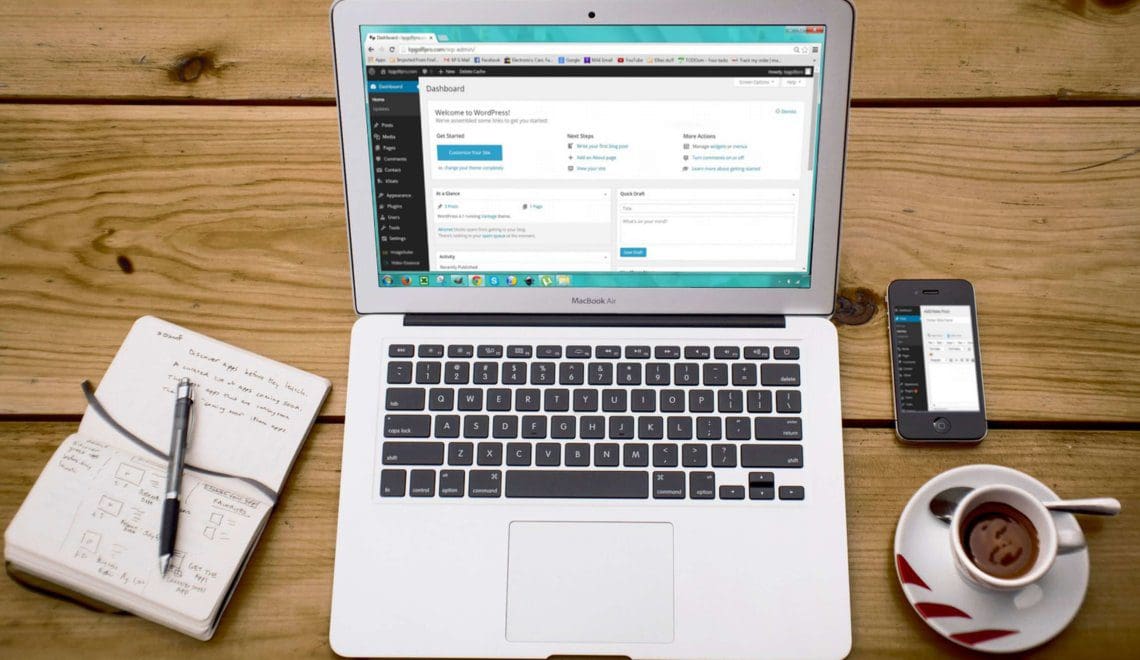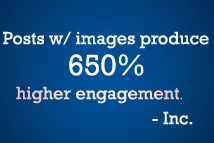Content Fundamentals: Finesse These Elements on your Digital Platforms

Your marketing team is putting in a lot of creativity, strategy and effort into making sure your company’s content marketing plan is as effective as possible. But, are they following simple best practices that will ensure content from your company will stand out from the rest?
Here are a few best practices to share with your marketing team, broken down by platform, that will help them keep content user and search engine friendly, reach target audiences and generate more leads. Whether your team is aiming to capture more leads through offers or raise awareness at the top of the funnel through blogging and social sharing, be sure they don’t miss out on simple opportunities to optimize.
The Blog
Blogging frequently drives traffic, improves SEO and fosters a connection with your target audience. Don’t let your marketing team forget these simple components that will help increase user-engagement and navigate blog visitors.
- Headline and Headers – The headline is the first thing people see, so keep it catchy and concise. Headers organize and divide different sections of the copy helping readers quickly find what they’re looking for.
- Meta Description – This brief summary of your blog post should include commonly searched keywords and phrases surrounding the blog topic. Google search automatically cuts off the description after 160 characters, so keep your description to the point.
- Hyperlinks and CTAs – Once someone has clicked to read your post, keep them clicking. You can navigate users on a blog post by including a reference and linking to older blog posts. In addition to links throughout the post, include a visual CTA for offers that will help capture leads or ask readers to join a subscription.

- Categories – If this doesn’t already exist, create categories for your company’s blog. Have your team tag each post to help organize blog posts in the archive. If a potential customer clicks to read a blog about “blogging,” chances are they’re interested in other posts surrounding that topic.
- Visuals – Including images if a great way to compliment blog copy. Depending on the length, be sure your team sprinkles in additional images and graphics that include stats or serve as an example.
Website Landing Pages and Offers
Guides, how-to’s, eBooks, worksheets, infographics and trend reports – the list of content types goes on and on. But if you’re following a strategic inbound marketing campaign, there’s one thing they all have in common: they’re all available as gated content through landing pages. Here are some landing page elements that will encourage landing-page visitors to take action and move further down the sales funnel.
- Headlines – Like blog posts, the headline on a landing page should grab attention immediately and inform readers what the offer, product or service is about.
- Sub-headlines – These should use persuasive language and inform visitors why the offer will benefit them.
- Visuals – Pictures and graphics should be large and relevant to your offer. Take it to the next level by creating a custom graphic that includes information about the offer.
- Form – The purpose of the landing page is to collect valuable information in return for your offer. You’ll want to make sure you’re capturing the most useful information to identify a potential prospect. Involving your sales team on this will help.
- CTA on the Thank You Page – When someone has taken the action to download your gated content, there’s an opportunity to serve them up more relevant content. Some options to consider include linking to related blog posts to keep them clicking through the website or inserting another CTA for a related offer.
Sharing Content on Social Media
Creating optimized, must-read blog posts and landing pages, is only one half of the content process. The other is promoting and sharing. Social media sites like Facebook and LinkedIn are great platforms for reaching targeted audiences. Here are a few tips that will help your team optimize reach and clicks on these platforms.
- Catchy copy – Luckily, Facebook, Twitter and LinkedIn auto-populates the header and image, the downside is you can no longer use the same headline as the social post copy. So be sure your team creates more attention-grabbing language in the copy of social posts that’s different then your header.
- Tagging – If a person, organization or business is the subject of a blog, then be sure they get tagged. Have your team tag the business, their personal account and anyone else the blog may have mentioned or referenced. This helps ensure your content gets seen by their contacts, which is an audience you likely wouldn’t have reached just by sharing on your own page.
- Hashtag –Before going on a hashtagging spree, be sure your team has done the research. They can start by typing it into the social platform’s search box to see how popular it is. Chances are there are multiple variations of a hashtag you are trying to use, so go with the versions that have the most mentions.

Leave a Reply